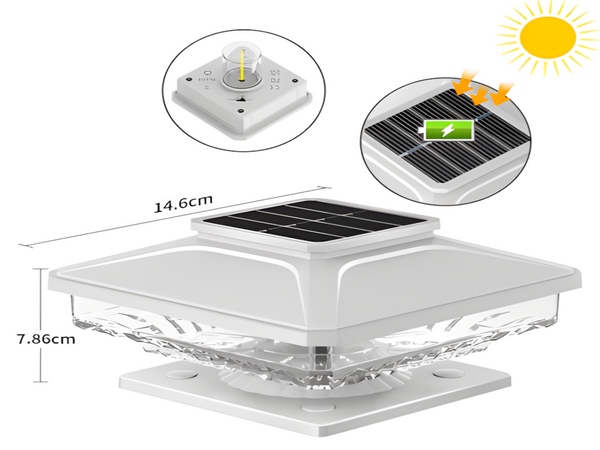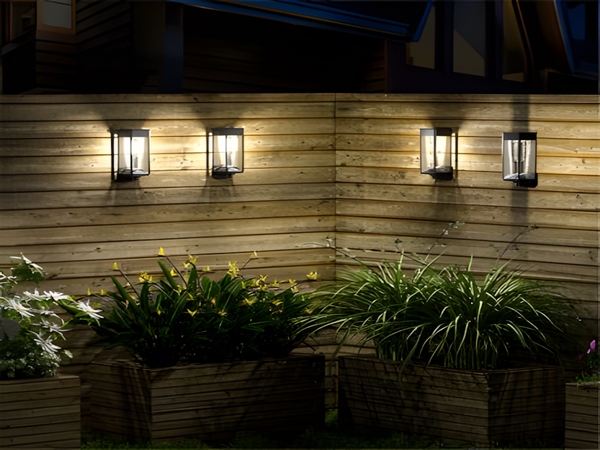

Nowadays, the development of solar street lights is improving rapidly, gradually replacing traditional street lights. They are energy-saving and environmentally friendly, requiring less manpower and resources, which makes them highly favored in both urban and rural areas. Especially in rural regions, where various facilities are still relatively underdeveloped, solar street lights are undoubtedly a good choice. However, some unforeseen issues may arise during the use of solar street lights, such as water leakage. So how should one deal with a water leak in a solar street light? Here are some insights shared by Century Sunshine Lighting:

Consult the company’s technical personnel to understand the symptoms of system failure, or refer to literature to learn about solutions for solar street lights both domestically and internationally. Testing methods can be employed. Test various parameters of the solar street light system to analyze the cause of the failure. The controller for solar street lights is typically installed inside the lamp pole, making it susceptible to water ingress during rainy or snowy weather, which can lead to a short circuit. Check if the solar panel outputs voltage and current during the daytime. If there is no output, the solar panel may be damaged and should be replaced. If there are no issues with the panel, inspect the light source by supplying power to it directly to see if it lights up. If the system lights for a short duration, it is likely that the battery’s storage capacity has decreased, and the battery should be replaced. If the system’s lamp head flickers, first check if there are any contact issues in the wiring.
Surface treatment requires the use of an angle grinder to remove any scale from the leaky surface, then use an electric grinder to clean the right-angle weld seams. Next, sandpaper should be used to clean the exposed metal, followed by a thorough cleaning of the surface with anhydrous ethanol. Mix the repair materials evenly until there is no color difference with the integrated solar street light. Since solar street lights are used for outdoor lighting, they often encounter high temperatures and heavy rainfall, as well as low temperatures and snow. The controller for solar street lights, usually installed inside the lamp pole, is prone to water ingress and potential short circuits. If it seems that the controller has likely been damaged, do not proceed with battery voltage measurements. For a 12V solar street light power supply system, if the battery voltage is below 10.8V, it is no longer able to hold a charge and needs to be replaced. Additionally, check if the solar panel outputs voltage and current under normal operating conditions.
These are the methods for handling water leaks in solar street lights that we wanted to share. Solar street lights are now widely used in modern urban and city construction due to their advantages. Furthermore, issues with solar street lights do not occur frequently, and their lifespan is relatively long.



